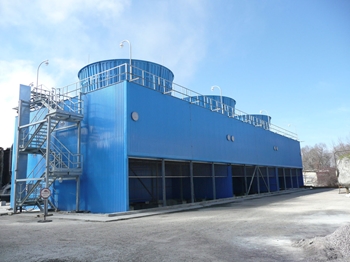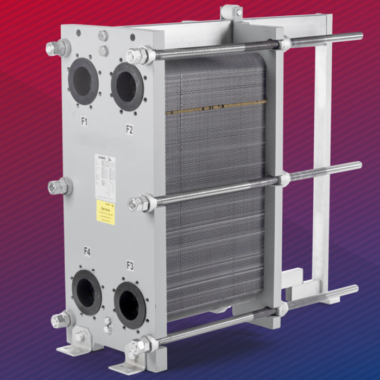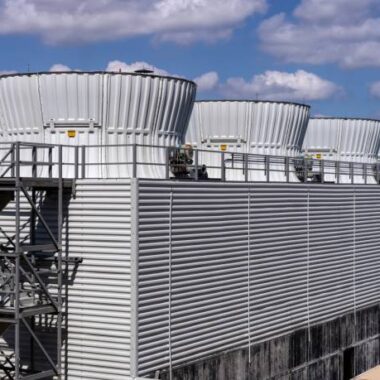Advantages of Forced Draft Cooling Tower
Advantages of Forced Draft Cooling Tower
Natural draught cooling towers, which rely on hot air rising naturally to draw air through the tower. These are often less efficient than forced draught cooling towers. They are more suited for usage in high-temperature situations and can manage a bigger volume of water. However, they could cost more to install and maintain and use more energy to run the fans or blowers
What is Forced Draft Cooling Tower?
A forced draft cooling tower forces air through the cooling tower using mechanical devices like fans or blowers. Pumping hot water from an industrial process into the tower, where it is dispersed across a fill material. These are act as a heat exchange medium and increases the exposed surface area to the air. The air is then forced through the tower by the fans or blowers. It causing the water to evaporate and expel heat into the atmosphere, so cooling the water.
Forced draft cooling towers have several advantages over other types of cooling towers, including:
- Higher Efficiency: Forced draft cooling towers are more efficient than natural draft cooling towers. Because they use mechanical means to draw air through the tower, resulting in better heat transfer.
- Greater Cooling Capacity: Forced draft cooling towers can handle a larger volume of water and are better suited for use in high temperature applications.
- Better Control: Forced draft cooling towers offer better control over the temperature and flow rate of the cooling water, allowing for more precise temperature control.
- Compact Design: This can be designed to be more compact, which can be beneficial in areas with limited space.
- Improved Water Quality: The use of fill material in forced draft cooling towers promotes better water distribution and helps to prevent the formation of bacteria and other contaminants.
- Reduced Operating Costs: These can operate at a lower water temperature. So it can reduce operating costs associated with the cooling process.
- Increased Flexibility: It can be designed to accommodate a wide range of industrial processes and applications, making them a flexible option for many different industries.





